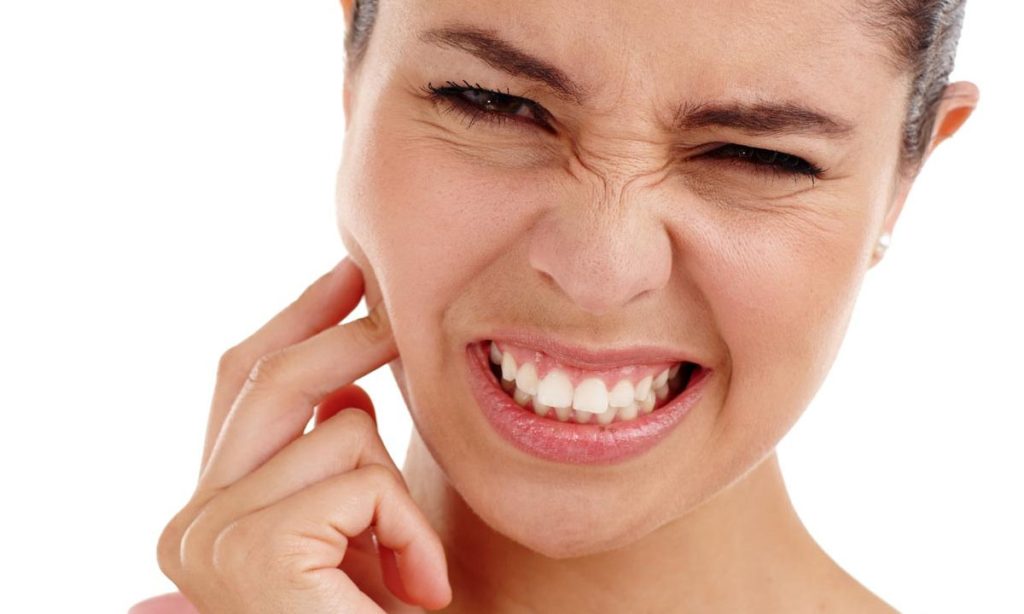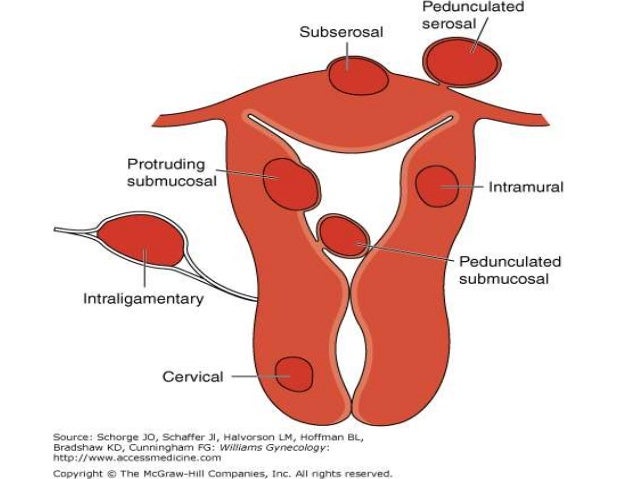Pain After Teeth Cleaning

The sensation of pain after a teeth cleaning procedure can be a distressing experience for many individuals. Despite the importance of regular dental cleanings for maintaining oral health, the aftermath can sometimes be uncomfortable. This discomfort can stem from various factors, including the depth of the cleaning, the presence of sensitive teeth or gums, and the individual’s overall oral health condition.
One of the primary causes of pain after a teeth cleaning is the procedure itself, particularly when it involves deep cleaning below the gum line. This process, known as scaling and root planing, is designed to remove tartar and plaque that have accumulated below the gum line, causing inflammation and infection. While essential for preventing and treating gum disease, the process can irritate the gums and cause temporary sensitivity, especially if the gums are already inflamed or if the individual has recession.
Moreover, the use of ultrasonic devices during the cleaning can also contribute to discomfort. These devices use high-frequency vibrations to dislodge tartar and plaque, which can cause sensitivity in people with exposed roots or recession. The water spray used to cool the device can sometimes irritate the gums further, especially if the cleaned area is already sensitive.
Another factor that can influence the level of discomfort experienced after a teeth cleaning is the individual’s dental history and current oral health status. For instance, people with a history of dental anxiety or fear may perceive the procedure as more painful than others, due to heightened stress and tension. Additionally, conditions such as gingivitis or periodontitis can make the gums more sensitive to the cleaning process, increasing the risk of post-procedure pain.
It’s also worth noting that the skill and technique of the dental hygienist or dentist performing the cleaning can play a significant role in minimizing discomfort. Gentle and experienced practitioners can often reduce the likelihood of pain by using appropriate techniques, such as applying topical anesthetics before the procedure or using desensitizing products afterward. They may also take extra care to clean around sensitive areas, further reducing the risk of discomfort.
For individuals who experience pain after teeth cleaning, there are several strategies that can help alleviate the discomfort. One of the most effective methods is to use desensitizing toothpaste, which contains ingredients like potassium nitrate that help block the dentinal tubules in the teeth, reducing sensitivity. Applying a cold compress to the outside of the cheek near the affected area can also help numb the sensation and reduce swelling. Over-the-counter pain relievers, such as ibuprofen or acetaminophen, can be used in moderation to manage discomfort, though it’s essential to follow the recommended dosage and consult with a healthcare provider if the pain persists.
In some cases, the dentist or hygienist may recommend additional treatments to address underlying issues contributing to the pain. This could include applying a fluoride varnish to strengthen the teeth and reduce sensitivity, prescribing a mouthwash to reduce inflammation and kill bacteria, or even performing a follow-up procedure to further treat any remaining tartar or plaque. For individuals with severe sensitivity or ongoing pain, consulting with a dental specialist, such as a periodontist, may provide further insight and treatment options tailored to their specific needs.
In terms of preventive measures, maintaining good oral hygiene practices can significantly reduce the risk of discomfort after a teeth cleaning. Regular brushing and flossing help minimize the buildup of plaque and tartar, making the cleaning process less invasive. Scheduling regular dental cleanings as recommended by your dentist (usually every six months) can also prevent the accumulation of tartar and plaque, reducing the need for deep cleaning and the associated discomfort.
Considering the potential for pain after a teeth cleaning, it’s essential to weigh the benefits of the procedure against the temporary discomfort. Regular dental cleanings are a cornerstone of maintaining good oral health, preventing more severe conditions like gum disease and tooth loss. By understanding the causes of pain, taking steps to mitigate discomfort, and communicating effectively with dental care providers, individuals can navigate the process with greater ease and reap the long-term benefits of a healthy, clean smile.
Pros of Regular Teeth Cleaning:
- Prevents gum disease and tooth loss
- Removes tartar and plaque, reducing the risk of decay
- Helps maintain fresh breath and a clean feeling in the mouth
- Can help in the early detection of oral health issues
Cons of Regular Teeth Cleaning:
- Potential for temporary discomfort or pain
- May require additional treatments for underlying issues
- Cost, although often covered by dental insurance
- Time commitment for the procedure and follow-up visits
For those experiencing persistent or severe pain after a teeth cleaning, it’s vital to seek professional advice rather than self-medicating or delaying treatment. Dental professionals can assess the situation, provide a diagnosis, and recommend appropriate interventions to alleviate discomfort and address any underlying conditions. This proactive approach not only ensures the restoration of oral health but also helps in preventing more complex and costly treatments in the future.
Why do I experience pain after a teeth cleaning?
+Pain after a teeth cleaning can be due to several factors, including the depth of the cleaning, the presence of sensitive teeth or gums, and the use of ultrasonic devices. It's also influenced by your oral health status and dental history.
How can I reduce pain after a teeth cleaning?
+Using desensitizing toothpaste, applying a cold compress, and taking over-the-counter pain relievers as directed can help alleviate discomfort. Maintaining good oral hygiene and communicating with your dental care provider about any sensitivities or anxieties can also reduce the risk of pain.
Is it normal to experience bleeding after a teeth cleaning?
+Some bleeding is normal, especially if you have gum disease or haven't had a cleaning in a while. However, excessive or persistent bleeding should be discussed with your dentist, as it may indicate an underlying issue that needs attention.
In conclusion, while pain after a teeth cleaning can be an unwelcome companion, understanding its causes, taking proactive steps to minimize discomfort, and maintaining open communication with dental care providers can significantly mitigate this issue. By embracing regular dental cleanings as part of a comprehensive oral health strategy, individuals can not only navigate the temporary discomfort but also enjoy the long-term benefits of a healthy, vibrant smile.

